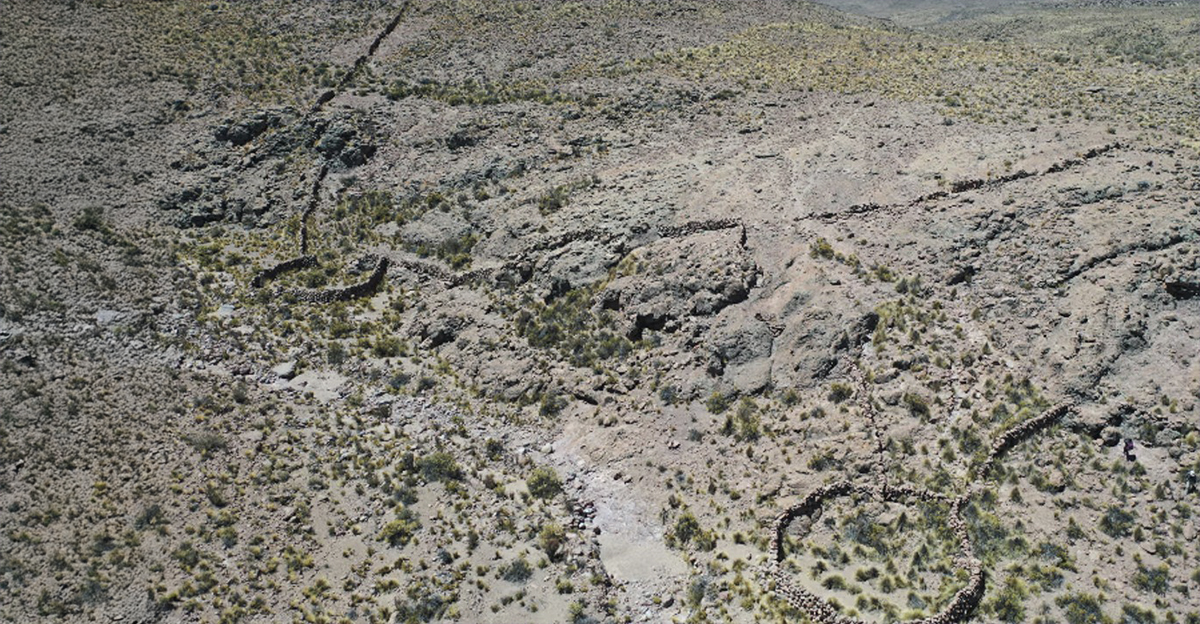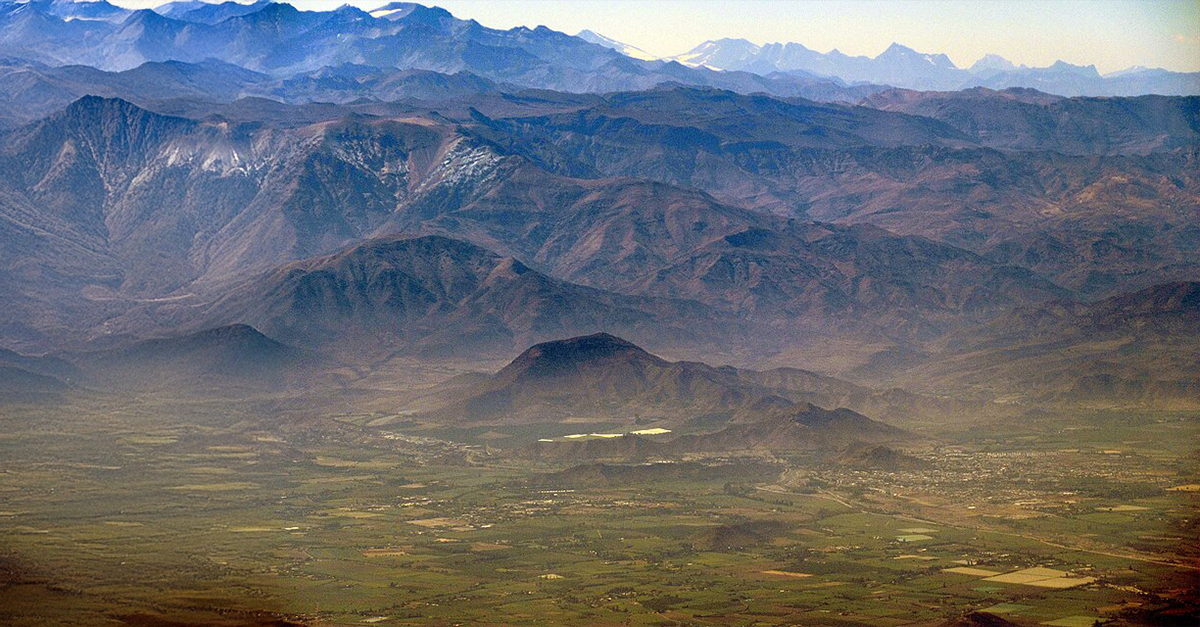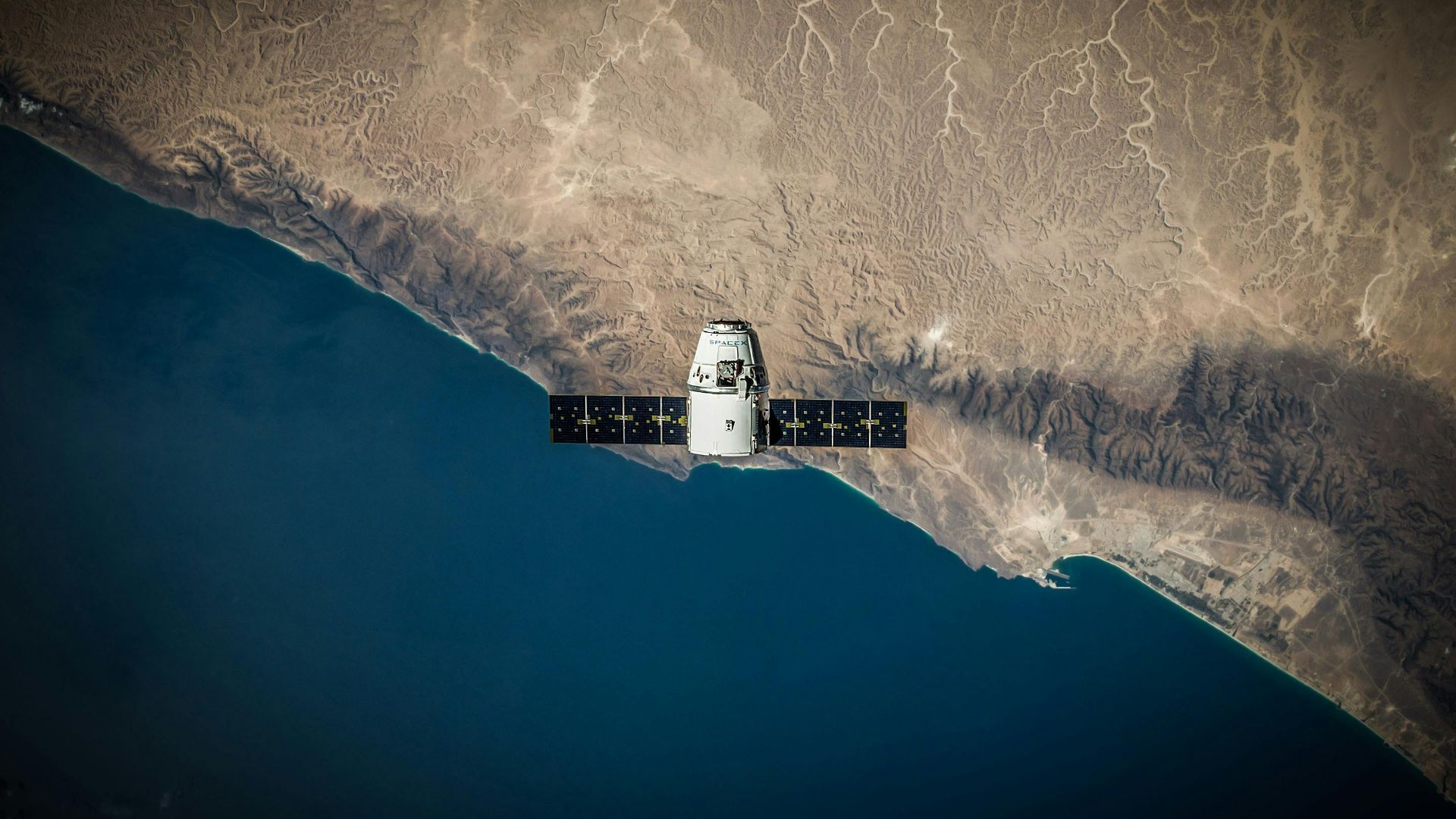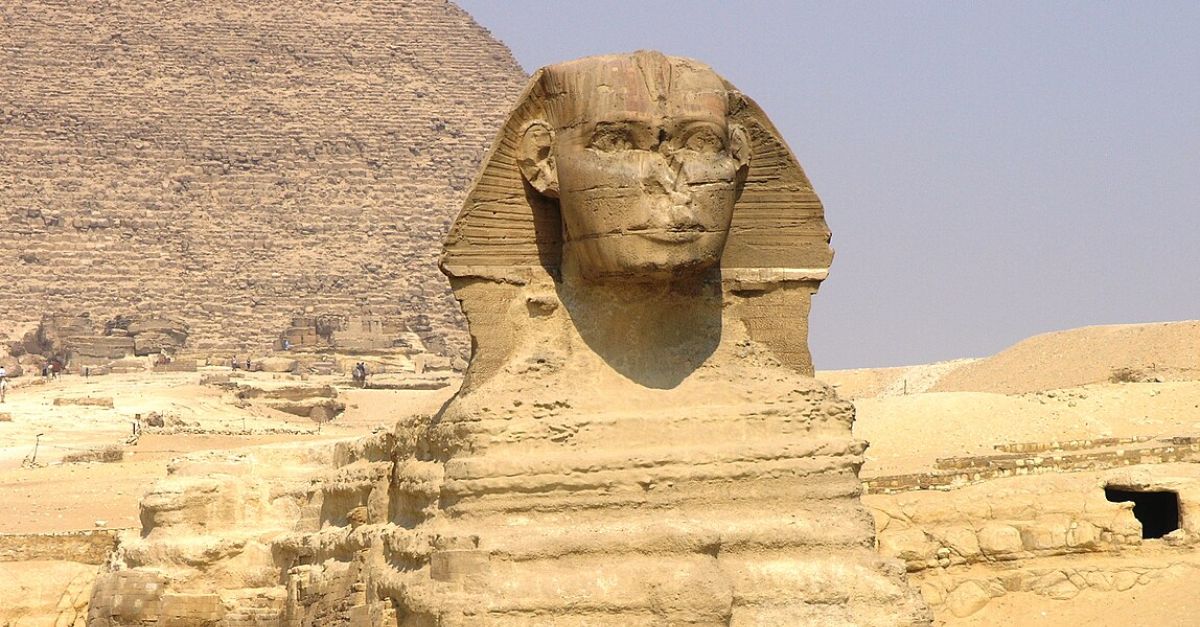A Discovery From Space
In 2025, archaeologists made an amazing discovery in Chile’s high Andes. It wasn’t done by digging, but by close examination of satellite images. The data revealed vast geometric formations of stone walls, the remnants of prehistoric hunting traps designed thousands of years ago to corral and capture wild animals.

Ancient Stonework Hidden In Plain Sight
These formations were invisible from ground level, appearing as faint outlines stretching across lonesome and deserted mountain highlands. Once researchers analyzed the images more closely, they identified 76 stone structures forming massive V-shapes designed to funnel herds toward enclosed areas. It’s a remarkable example of ancient planning and cooperation in action.
 ANDES- A 4K Aerial Film of Peru, Kevin Eassa
ANDES- A 4K Aerial Film of Peru, Kevin Eassa
Aerial Archaeology And Ancient Ingenuity
The discovery is proof of the value and reach of satellite-based archaeology. High-resolution imaging and drone verification allowed archaeological supersleuths to map previously uncontemplated prehistoric networks across altitudes above the 4,000 meter level, an environment still challenging to human endurance today.
 ANDES- A 4K Aerial Film of Peru, Kevin Eassa
ANDES- A 4K Aerial Film of Peru, Kevin Eassa
The Hunters Of The Altiplano
The builders of these traps were likely early hunter-gatherers of the Atacama Plateau, ancestors of today’s Andean peoples. Living in the thin air and harsh conditions of these high altitudes, they used teamwork and worked out a strategy to secure food from the elusive herds of guanacos and vicuñas.
Understanding The Chacu System
These ancient traps belong to a system known as the 'chacu,' a communal hunting technique used for millennia in the Andes. Hunters built converging stone walls leading into an enclosure, where animals could be captured alive or harvested efficiently for meat, hides, and fiber.
Spacious Enclosures For Migrating Herds
The largest structures extended hundreds of meters across barren slopes. Satellite imagery showed that these ancient walls followed the natural terrain lines, suggesting that hunters had knowledge of animal migration patterns and designed their traps to exploit the herds’ instinctive pathways through the mountain landscape.
 ISS: The Andes and the Coast of Chile [720p], djxatlanta
ISS: The Andes and the Coast of Chile [720p], djxatlanta
Teamwork Across Generations
Building such large-scale systems required the help of dozens, and maybe even hundreds of participants working together over many years. Archaeologists believe the effort might have been ritualized, incorporating spiritual practices with survival needs. This would have reinforced the social bonds among the people of these early Andean communities.
The Role Of Satellites In Discovery
With modern satellite technology, researchers could spot even the most subtle geometric features invisible from the ground. These ancient traps have now been made visible thanks to reflectance data and topographic mapping, showing how 21st-century tools can detect the ingenious creations of Ice Age people.
From Mystery To Measurement
Scientists used image layering to distinguish manmade patterns from the natural landscape. With digital enhancement of the faint stone alignments, they confirmed that the walls were human-made, precisely aligned with landscape gradients. This was unmistakable proof of intentional design.
High-Altitude Archaeology Challenges
Traditional fieldwork in the Andes is always affected by altitude, climate, and remoteness. The newfound reliance on satellite imaging and drone-based mapping has revolutionized how archaeologists study remote landscapes once thought to be barren or uninhabited.
 ANDES- A 4K Aerial Film of Peru, Kevin Eassa
ANDES- A 4K Aerial Film of Peru, Kevin Eassa
Comparative Hunting Structures
Similar ancient hunting systems exist in other parts of the world, like the desert kites in the Middle East or caribou drive lines in North America. These Andean traps are a proud new addition to that global tradition, proving that prehistoric peoples around the globe shared a solid ecological understanding.
 Desert Kites: Mysterious Megastructures of the Ancient World, Story Complete
Desert Kites: Mysterious Megastructures of the Ancient World, Story Complete
Environmental Adaptation And Survival
The traps’ locations near ancient water sources and grazing areas show sophisticated environmental awareness. Hunters timed their activities to coincide with migration seasons, balancing sustainability with subsistence long before written records ever appeared.
 ANDES- A 4K Aerial Film of Peru, Kevin Eassa
ANDES- A 4K Aerial Film of Peru, Kevin Eassa
Clues To Ancient Climate
Geological dating indicates that these traps were likely built during the Holocene, when climate patterns could support larger herds. Their existence is indirect evidence that the Andes were greener and more habitable for animal populations thousands of years ago.
 ANDES- A 4K Aerial Film of Peru, Kevin Eassa
ANDES- A 4K Aerial Film of Peru, Kevin Eassa
Rediscovery Of Forgotten Knowledge
Local oral traditions in northern Chile still refer to communal hunts and animal drives. The satellite discovery is a breath of fresh air, reviving these ancestral memories, and connecting today’s Andean culture to its deep prehistoric roots.
 ANDES- A 4K Aerial Film of Peru, Kevin Eassa
ANDES- A 4K Aerial Film of Peru, Kevin Eassa
The Bridge Between Science And Heritage
This discovery has led to a constructive collaboration between scientists and Indigenous communities. Archaeologists now work with local herders and historians to map, preserve, and interpret the ancient chacu sites, blending scientific analysis with cultural storytelling to get a complete understanding of the big picture.
Implications For Future Research
The find opens doors to more satellite-based surveys all through South America’s highlands. Similar stone structures may yet still be detected in Peru, Bolivia, or Argentina. It would be evidence of a continent-wide prehistoric tradition of coordinated hunting.
The Scale Of Human Cooperation
Each trap is the result of an immense social effort, proving that long before agriculture, Andean peoples organized large-scale projects for the general welfare of the people. These organized projects challenge our outdated assumptions about the primitive simplicity of early hunter-gatherer peoples.
Echoes In Today’s Practices
Modern Andean communities sometimes revive communal animal roundups for cultural festivals or conservation. Today’s practices may be the reverberation of the same teamwork and ritual significance that once forged the society that built the chacu system.
 Surviving In The Harsh Andes The Life Of The Last Inca Descendants #PICKDOCU, EBS WORLD
Surviving In The Harsh Andes The Life Of The Last Inca Descendants #PICKDOCU, EBS WORLD
From Space To Storytelling
This discovery highlights how remote sensing can find ruins with a minimally invasive approach. But the discovery isn’t just another exhibit for the museum. It helps to restore the narratives of resilience, ingenuity, and human connection to the land by the resourceful people of the Andes. The satellites have uncovered the stories long drifted in by the sands of history.
 NASA/JPL-Caltech/Gregory M. Waigand, Wikimedia Commons
NASA/JPL-Caltech/Gregory M. Waigand, Wikimedia Commons
Reimagining The Ancient Andes
The 2025 Andean trap discovery is proof that ancient innovation can resurface in the digital age. From their perch miles above land, these satellites have traced the ingenuity and determination of prehistoric hunters to master one of Planet Earth’s toughest environments.
You May Also Like:
















